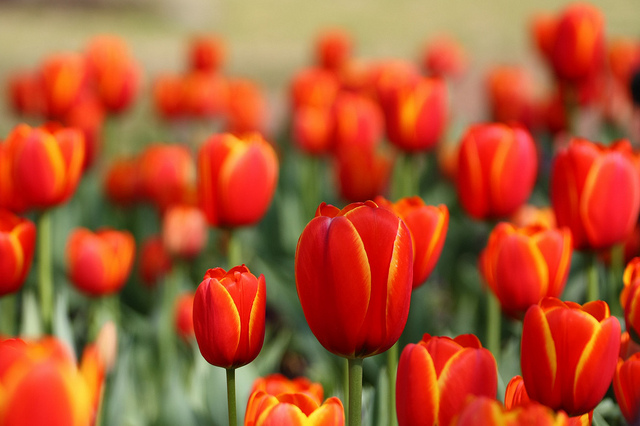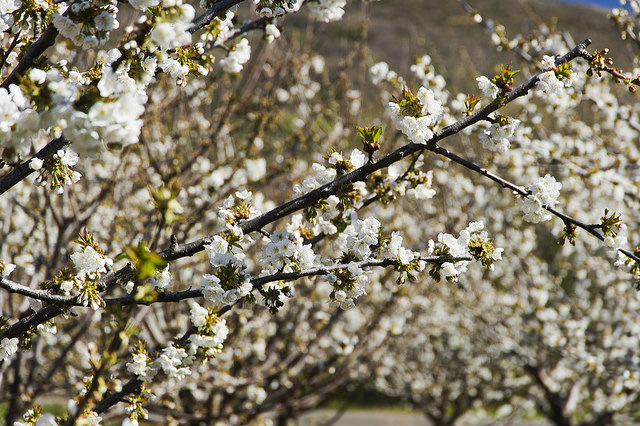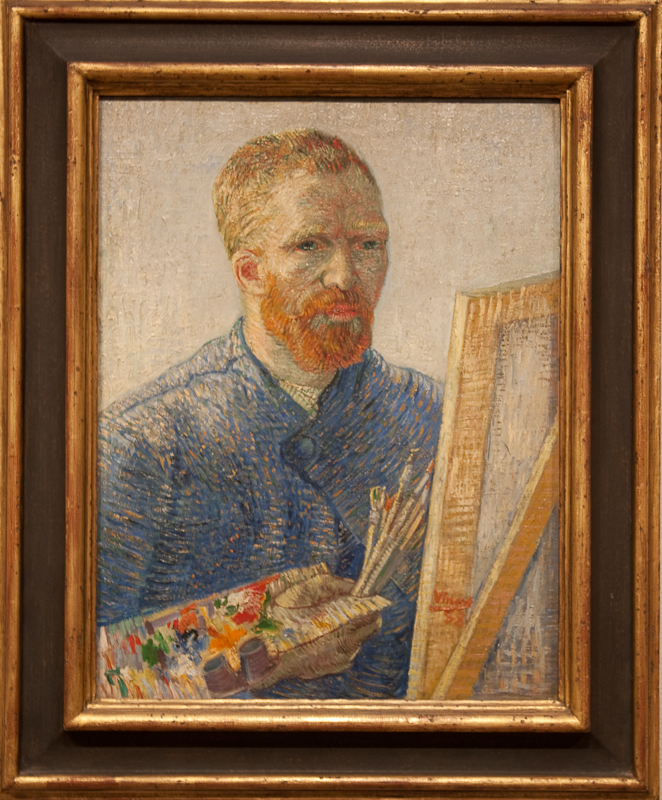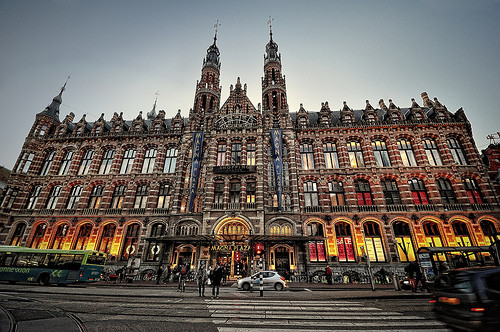Talking about Holland means talking about tulips. National Tulip Day, which is celebrated on January 17, marks the kick-off of the season in the low country. And of course, this is a day that is celebrated in style in the city of Amsterdam. In the city’s Dam Square, you’ll find the largest tulip garden you’ve ever seen. The city center is transformed into a festival of smells. Take a walk through what seems like a gigantic rainbow, buy flowers, or simply snap pictures that you won’t need to retouch with Instagram.

Much more than a tradition, the national day for the Dutch tulip is like the country’s business card. Farmers in the area are likely rubbing their hands when this date approaches. Anyone can come to the iconic square and get the first tulips of the year for free. Once installed, the garden is officially open for the entire season but it peaks in late April and even May. During this time growers make a killing, expecting to sell about 1.8 billion tulips. They can be purchased from street vendors, in flower shops or supermarkets, where they are in high demand for a few weeks. It is their national symbol. The Netherlands is also the country that exports the most tulips in the world.
Of course, the tulip market in the Netherlands is not something new. When you talk to Dutch people, they will tell you that there are dozens of real and fictional stories based on this tradition. For example, legend has it that the first tulip resulted from the blood shed by a lost love. What is known for certain is that the botanist Carolus Clusius introduced the first flower into the country four centuries ago.
If we look at the history books, we learn that tulips were responsible for the first major economic crisis. It is known as “The Tulip Bubble.” Back in the seventeenth century, a time of great prosperity in the Netherlands, this type of flower was a symbol of wealth and the Dutch bought them compulsively. Their colors and attractiveness convinced people that investing in tulips was a great idea, a rising market with seemingly little risk, and then prices began to rise. They rose so high that a single flower eventually sold for 1,000 guilders, while the average salary in the country was only 150. Many people even left their jobs to cultivate them. But the risk was higher than previously thought. It takes seven years to flower from the time of cultivation and it entailed high risks. This shows that all that glitters is not gold. The buyer madness ended in a stock market crash.
If you want to be part of the tradition, do visit Amsterdam at this time of year. From there, millions of these little gems will go on to decorate vases worldwide.
Twitter: @DianaRPretel

 English
English Français
Français Deutsch
Deutsch Italiano
Italiano Español
Español

